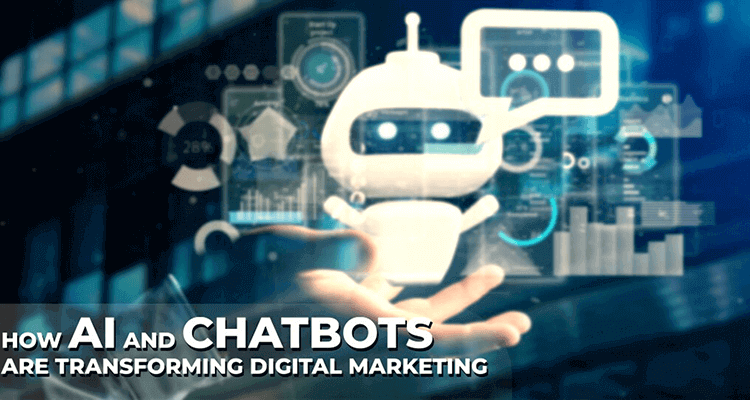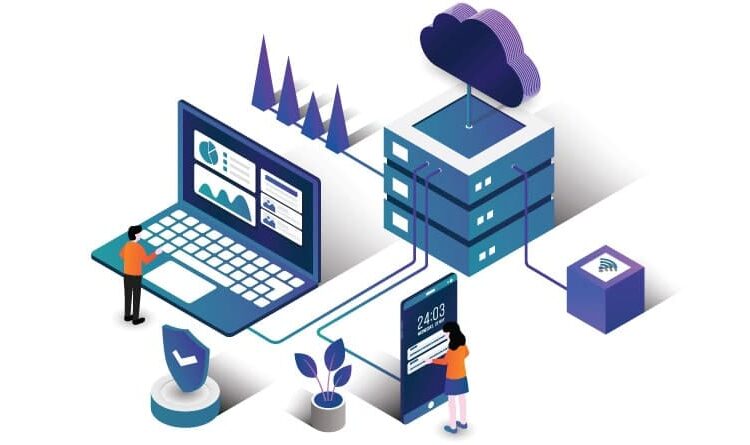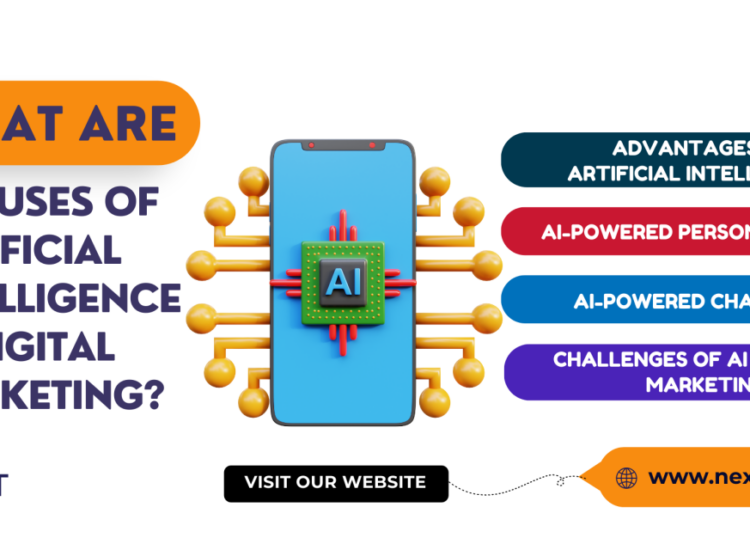The global artificial intelligence (AI) software market is projected to reach a staggering $1,811 billion by 2030, a remarkable 37.3% growth from 2023, according to a report by \[Source\]. This rapid expansion signifies a seismic shift in the way software is developed, with AI poised to revolutionize the industry. As an engineering leader, it’s crucial to understand and leverage this transformative technology to improve efficiency, enhance product quality, and drive innovation within your organization.
Toc
- 1. Understanding the AI Software Development Landscape
- 2. Building a Strategic AI Roadmap for Your Organization
- 3. Related articles 01:
- 4. Choosing the Right AI Tools and Technologies
- 5. Building a Skilled AI Team
- 6. Managing the Ethical and Social Implications of AI
- 7. Conclusion: Embracing the Future of AI-Powered Software Development
- 8. Related articles 02:
- 9. Frequently Asked Questions (FAQ)
AI software development is not merely a trend it’s a paradigm shift that promises to redefine the software development lifecycle. AI’s ability to analyze vast datasets and uncover hidden patterns presents a unique opportunity to revolutionize software development. However, the success of this approach hinges on data quality, which can be a significant challenge in itself. Engineering leaders must carefully consider data integrity and security to ensure the effectiveness of AI-driven development processes. This article will explore the various facets of AI in software development, from understanding the landscape to building a skilled team and managing ethical considerations.
Understanding the AI Software Development Landscape

AI-powered software development encompasses a wide array of technologies and methodologies that are reshaping the software development landscape. These technologies include machine learning algorithms, natural language processing (NLP), and computer vision, among others. Each of these technologies plays a crucial role in transforming traditional software development practices and enhancing overall productivity.
Key AI Technologies in Software Development
- Machine Learning (ML): This subset of AI enables systems to learn from data and improve over time without explicit programming. In software development, ML can automate code generation, optimize testing processes, and provide predictive analytics that informs decision-making.
- Natural Language Processing (NLP): NLP allows machines to understand and interpret human language. This technology can be used to automate documentation, improve user interactions, and enhance customer support through chatbots and virtual assistants.
- Computer Vision: This technology enables machines to interpret and understand visual information from the world. In software development, computer vision can be applied in areas such as quality assurance, where visual inspections are automated to ensure product quality.
Benefits of AI in Software Development
The integration of AI in software development offers several compelling benefits:
- Increased Efficiency: AI tools can significantly streamline development processes by automating repetitive tasks, freeing up developers to focus on higher-level problem-solving and innovation. For instance, AI-powered code completion tools like GitHub Copilot can suggest and generate code snippets, reducing the time developers spend on writing boilerplate code. Similarly, AI-driven testing frameworks can automate test case generation and execution, allowing for more comprehensive and efficient testing cycles. These advancements can lead to faster development cycles and increased productivity, allowing teams to deliver software solutions more quickly.
- Enhanced Code Quality: AI-powered code analysis tools can go beyond simple syntax checking and identify potential bugs, vulnerabilities, and code style violations. These tools can analyze code in real-time, providing instant feedback and suggestions for improvement. For example, platforms like SonarQube leverage AI to detect code smells, security vulnerabilities, and potential performance bottlenecks. By identifying these issues early in the development cycle, organizations can significantly reduce technical debt and improve the overall quality and reliability of their software.
- Improved Product Development: AI can provide insights and predictions based on historical data, helping teams make informed decisions about feature prioritization, resource allocation, and project timelines. This data-driven approach can lead to more successful product launches and better alignment with customer needs.
Challenges in Integrating AI into Software Development
Despite the numerous advantages, integrating AI into software development is not without its challenges. Some of the most pressing concerns include:
- Data Quality and Availability: The effectiveness of AI models is heavily dependent on the quality and relevance of the data used to train them. Ensuring data integrity and accessibility can be a significant hurdle, as poor-quality data can lead to inaccurate models and unreliable outcomes.
- Ethical Considerations: As AI systems become more integrated into software development, ethical concerns such as algorithmic bias, data privacy, and transparency must be addressed. Engineering leaders must ensure that AI is used responsibly and that its deployment does not inadvertently harm users or reinforce existing biases.
- Specialized Skills: Implementing AI in software development requires a diverse set of skills, including data science, machine learning, and AI engineering. Building a skilled team can be a challenge, especially in a competitive job market.
- Integration and Scalability: Seamlessly integrating AI tools and technologies into existing software development workflows and scaling them across the organization can be complex. Organizations must ensure that their infrastructure can support AI initiatives without disrupting ongoing projects.
Building a Strategic AI Roadmap for Your Organization

1. https://cacaocafenewjersey.com/archive/327/
2. https://cacaocafenewjersey.com/archive/328/
3. https://cacaocafenewjersey.com/archive/324/
To maximize the benefits of AI in software development, it’s essential to develop a strategic roadmap that aligns with your organization’s business goals. A well-defined roadmap will guide your AI initiatives and ensure that they deliver tangible value.
Steps to Create an AI Roadmap
- Define Clear Business Objectives: Start by identifying the key objectives you aim to achieve with AI. This could include reducing development costs, enhancing customer experience, or creating new products. Having clear goals will help you focus your efforts and measure success.
- Assess Existing AI Capabilities: Evaluate your current AI capabilities, including the available expertise, infrastructure, and data resources. This assessment will help you identify gaps and opportunities for improvement.
- Identify High-Impact Use Cases: Based on your objectives and capabilities, prioritize the use cases where AI can have the most significant impact. Consider factors such as feasibility, return on investment, and alignment with business goals.
- Develop a Phased Implementation Plan: Create a phased roadmap for implementing AI solutions, establishing clear milestones, timelines, and resource allocations. This approach will help ensure a smooth and successful transition to AI-powered development.
- Monitor and Iterate: As you implement your AI roadmap, continuously monitor progress and outcomes. Be prepared to iterate on your strategy based on feedback and changing business needs.
Choosing the Right AI Tools and Technologies
The AI software development landscape is vast, with a plethora of tools and technologies available to engineering leaders. Selecting the right solutions is crucial for maximizing the benefits of AI in your organization.
Categories of AI Tools
- Code Generation and Completion Tools: Tools like GitHub Copilot and Tabnine leverage machine learning to assist developers in writing code more efficiently. These tools can suggest code snippets, complete functions, and even generate entire code blocks based on context.
- AI-Powered Testing and Debugging Platforms: These platforms automate testing processes, identify bugs, and provide insights into code quality. Tools like Test.ai and Applitools use AI to enhance the testing experience and ensure that software meets quality standards.
- Machine Learning Platforms: Cloud-based platforms such as Google Cloud AutoML, Amazon SageMaker, and Microsoft Azure Machine Learning offer comprehensive AI development solutions with minimal setup and maintenance requirements. These platforms enable teams to build, train, and deploy machine learning models with ease.
Factors to Consider When Choosing AI Tools
When evaluating AI tools, consider the following factors:
- Cost: Assess the total cost of ownership, including licensing fees, maintenance costs, and potential training expenses.
- Integration Capabilities: Ensure that the AI tools you choose can seamlessly integrate with your existing development workflows and tools.
- Scalability: Look for solutions that can scale with your organization’s needs as you expand your AI initiatives.
- Security: Evaluate the security measures in place to protect sensitive data and ensure compliance with regulatory frameworks.
Building a Skilled AI Team

The success of your AI software development initiatives hinges on the expertise of your team. Building a skilled AI team requires careful planning and investment in talent acquisition and development.
Key Roles in an AI Software Development Team
- Data Scientists: These professionals analyze and interpret complex data sets to inform AI model development. They are responsible for feature engineering, model selection, and performance evaluation.
- Machine Learning Engineers: These engineers design, build, and deploy machine learning models. They work closely with data scientists to ensure that models are scalable and performant.
- AI Developers: These developers focus on integrating AI solutions into existing software applications. They ensure that AI functionalities work seamlessly within the broader software architecture.
Strategies for Attracting and Retaining AI Talent
To build a skilled AI team, consider the following strategies:
- Implement Robust Talent Acquisition Strategies: Leverage online platforms, industry events, and a strong employer brand to attract top AI talent.
- Invest in Ongoing Training and Development Programs: Provide opportunities for your existing employees to upskill and stay at the forefront of AI advancements. This can include workshops, online courses, and certifications.
- Foster a Collaborative and Innovative Culture: Encourage collaboration across teams and create an environment where employees feel empowered to experiment and innovate.
Managing the Ethical and Social Implications of AI
As you integrate AI into your software development processes, it’s crucial to address the ethical and social implications of this technology. Ensuring responsible AI deployment is essential for maintaining trust and credibility with users.
Key Ethical Considerations
- Data Privacy and Security: Implement robust data privacy and security measures to protect sensitive information. Ensure compliance with regulations such as GDPR and CCPA.
- Algorithmic Bias and Fairness: Actively work to identify and mitigate algorithmic bias in your AI systems. Regularly audit AI models for fairness and ensure diverse representation in training data.
- Transparency and Explainability: Maintain transparency in your AI systems by providing users with clear explanations of how decisions are made. This fosters trust and allows users to understand the rationale behind AI-driven outcomes.
- Impact on Jobs and the Workforce: Consider the potential impact of AI on job displacement and the workforce. Develop strategies to retrain and upskill employees whose roles may be affected by automation.
Conclusion: Embracing the Future of AI-Powered Software Development

The future of software development is inextricably linked to the continued advancements in AI technology. As engineering leaders, it’s crucial to embrace this transformative shift and position your organization for success in the years to come.
1. https://cacaocafenewjersey.com/archive/328/
2. https://cacaocafenewjersey.com/archive/326/
3. https://cacaocafenewjersey.com/archive/327/
By developing a strategic roadmap, selecting the right AI tools and technologies, building a skilled team, and addressing the ethical and social implications of AI, you can unlock the full potential of this powerful technology. Remember, the journey towards AI-powered software development is an ongoing one, and staying at the forefront of this rapidly changing field requires a commitment to continuous learning and adaptation.
Embrace the challenges, explore the possibilities, and embark on a rewarding path towards a future where AI and human ingenuity work in perfect harmony, driving innovation, improving efficiency, and creating groundbreaking software solutions that transform industries and enrich the lives of users.
Frequently Asked Questions (FAQ)
What are some real-world examples of AI in software development?
AI is being integrated into various stages of the software development lifecycle. Some examples include:
- Code Generation: Tools like GitHub Copilot and Tabnine use machine learning to suggest and generate code snippets, helping developers write code more efficiently.
- Testing and Debugging: AI-powered platforms can analyze code, identify potential issues, and provide automated testing and debugging capabilities.
- Project Management: AI can assist in task scheduling, resource allocation, and risk mitigation, improving project delivery.
- Documentation: Natural language processing (NLP) tools can streamline documentation by summarizing code, generating release notes, and answering developer queries.
How can I get started with AI software development?
To get started with AI in software development, consider the following steps:
- Familiarize yourself with the key AI technologies and their applications in software development, such as machine learning, natural language processing, and computer vision.
- Explore online courses, tutorials, and open-source projects to build your practical skills in AI-powered software development.
- Assess your organization’s current AI capabilities and identify potential use cases where AI can have the most significant impact.
- Develop a strategic roadmap for AI adoption, involving cross-functional teams and securing the necessary resources and buy-in.
- Start with small, well-defined projects to gain experience and build momentum within your organization.
What are the biggest challenges in adopting AI for software development?
Some of the key challenges in adopting AI for software development include:
- Data Quality and Availability: The effectiveness of AI models is heavily dependent on the quality and relevance of the data used to train them. Ensuring data integrity and accessibility can be a significant hurdle.
- Ethical Considerations: AI systems must be designed and deployed responsibly to address concerns like algorithmic bias, privacy, and transparency.
- Specialized Skills: Implementing AI in software development requires a diverse set of skills, including data science, machine learning, and AI engineering. Building a skilled team can be a challenge.
- Integration and Scalability: Seamlessly integrating AI tools and technologies into existing software development workflows and scaling them across the organization can be complex.
- Change Management: Adopting AI-powered software development practices often requires a cultural shift within the organization, which can be challenging to navigate.
By addressing these challenges proactively and collaboratively, engineering leaders can position their organizations for successful AI integration and unlock the full potential of this transformative technology.

















